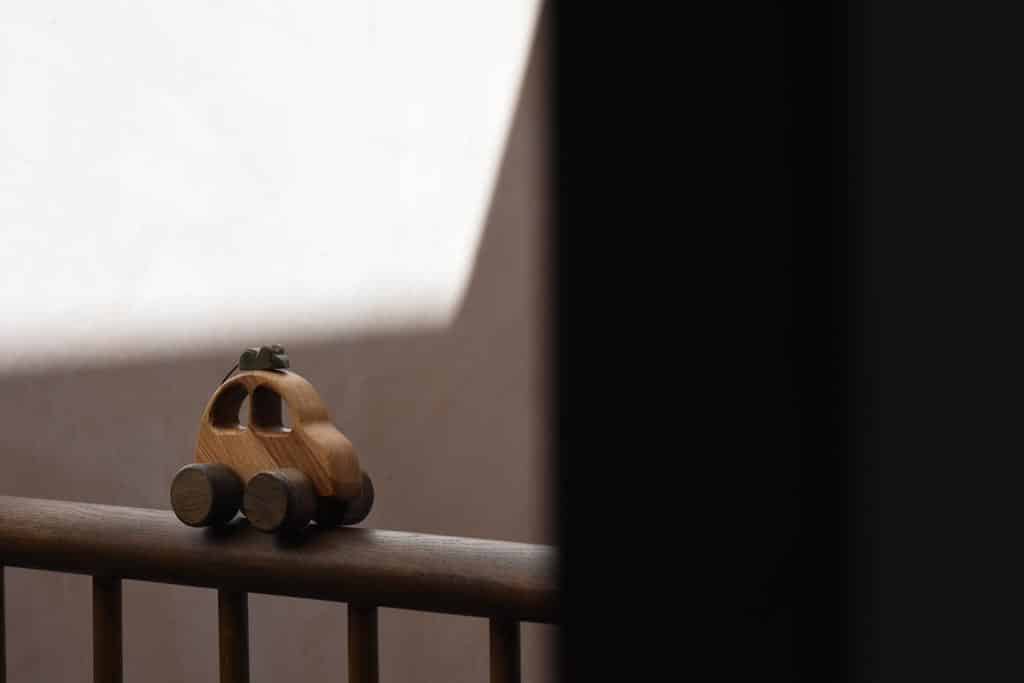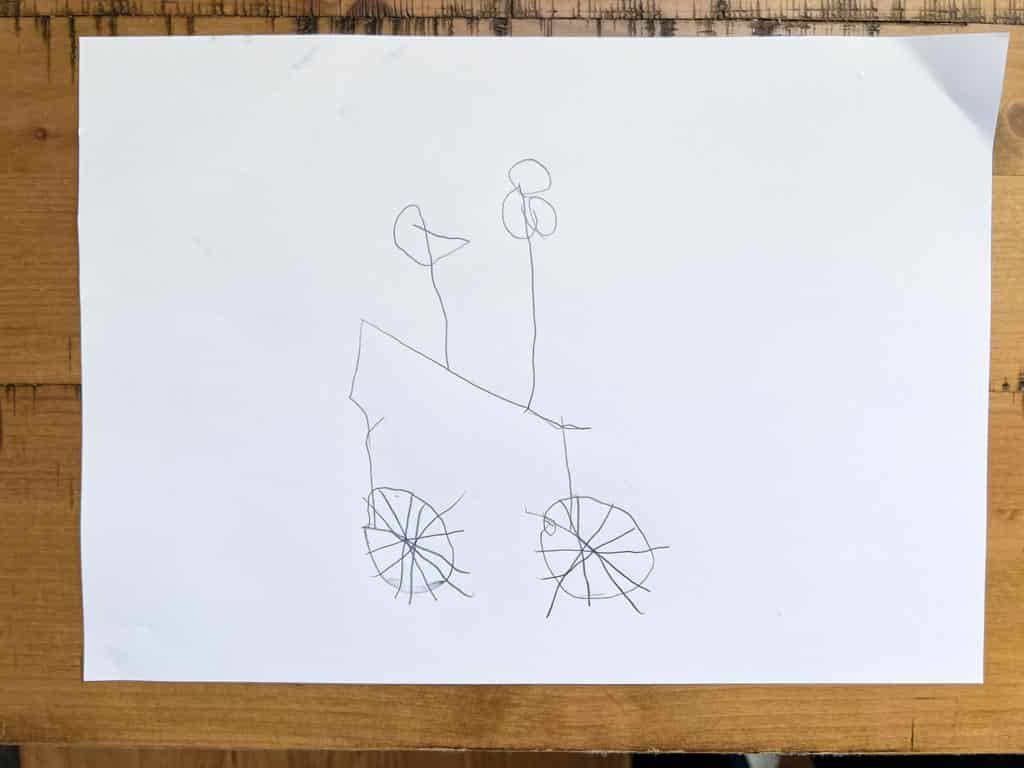Here is a girl.
She is lining up beans along the windowsill.
One, then another, then another.
All in a row, evenly spaced out.
She didn’t start out with this arrangement in mind. She simply put one bean down and then another. Something about the configuration looked right. The line travelling in the same direction as the sill, the even spacing. There seemed to be a natural order.

This is the positioning schema, your child’s innate desire to find places for things, to put.
Schemas are mental models. They are representations we have in our minds of how things work. We have schemas for how objects move, for how they can be connected and transformed. In fact, there is no end to the ways we can conceptualise the world, but we tend to group them into around a dozen main categories. Positioning is one of these.
Examples of the positioning schema
The positioning schema plays a pivotal role in shaping a child’s understanding of order, arrangement, and spatial relationships. Whether your child is meticulously arranging their toys, setting out plates at dinner time, or lining up pebbles on the beach, they are expressing their natural interest in the positioning schema. Let’s take a look at a few examples:
- Stacking and nesting. A child might stack blocks or other objects on top of one another to see how high they can go before it topples over. Similarly, they might be interested in nesting toys where smaller objects fit into larger ones.
- Putting in order. Line things up, it doesn’t matter what. In a straight line, in a circle, from largest to smallest or vice versa, in order of colour: it doesn’t matter. What counts is simply that there is an order, a rule to organise things by.
- Positioning oneself. Ou can position toys – or you can position yourself. Where will you go? Walk on stepping stones, or choose a wooden post to balance on – and then move on to the next one. Children often enjoy positioning themselves in different places – hiding under a table, sitting inside a box, or squeezing between furniture. This exploration helps them understand their body in relation to the space around them.
- Sorting. Sorting activities are the perfect introduction to positioning. Here is an object. Where does it go? To which group does it belong?
- Patterns and sequences. Create with beads, lego or marks on the page.. This could be a simple ABAB pattern, for example red, blue, red blue, or something more complicated like AABBAACC. The older your child, the more challenging the pattern.
- Puzzles. Every piece has its position. But it also has a correct orientation and this makes this kind of play a great test of spatial reasoning.
Drawing and painting. Make patterns. Arrange elements with precision and forethought.
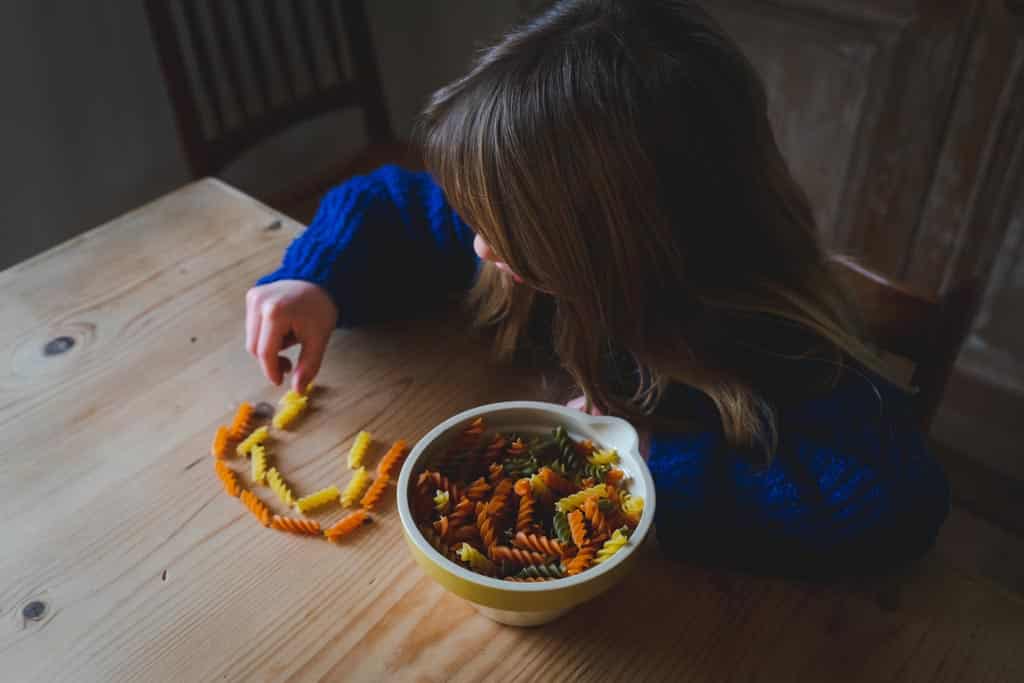
Activities to Engage the Positioning Schema
Encouraging the positioning schema can be an enjoyable and educational way to support your child’s development. Here are a few activities that can foster their interest in positioning:
- Block building. Provide your child with blocks and encourage them to build structures, paying attention to the alignment and arrangement.
- Mosaics. Encourage your child to create mosaic designs or patterns with stickers, pebbles, or buttons.
- Natural loose parts play. A trip to the park or beach can provide ample opportunities for positioning play, such as arranging pebbles, shells, or leaves. Here is my four-year-old positioning pebbles on my upturned shoe:
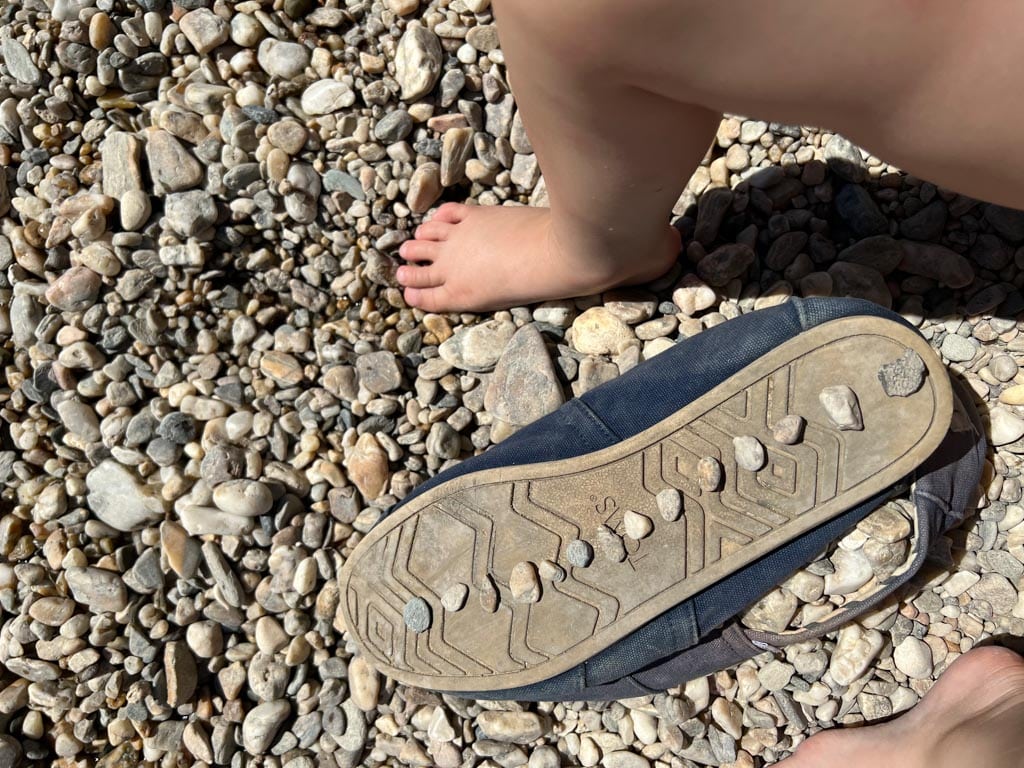
Positioning schema toys
Here are some simple and classic toys that are particularly good for this:
- Building blocks
- Toy vehicles. Pair with a play mat that has roads, a car park , and other features.
- Wooden railway. Is there a better toy for lining things up than a train set? It’s perfect for other types of schema play, too, like trajectory.
- Shape sorters
- Loose parts: The classic positioning toy
- Peg people
- Construction sets
Final word
How does your child think about the world? Watching how she arranges objects gives you an insight into her understanding of the positioning schema and spatial reasoning more generally.
But while the theory is interesting – and helpful – to know, the most important thing is to offer your child simple materials that she can explore in her own time.
Nature will do the rest.
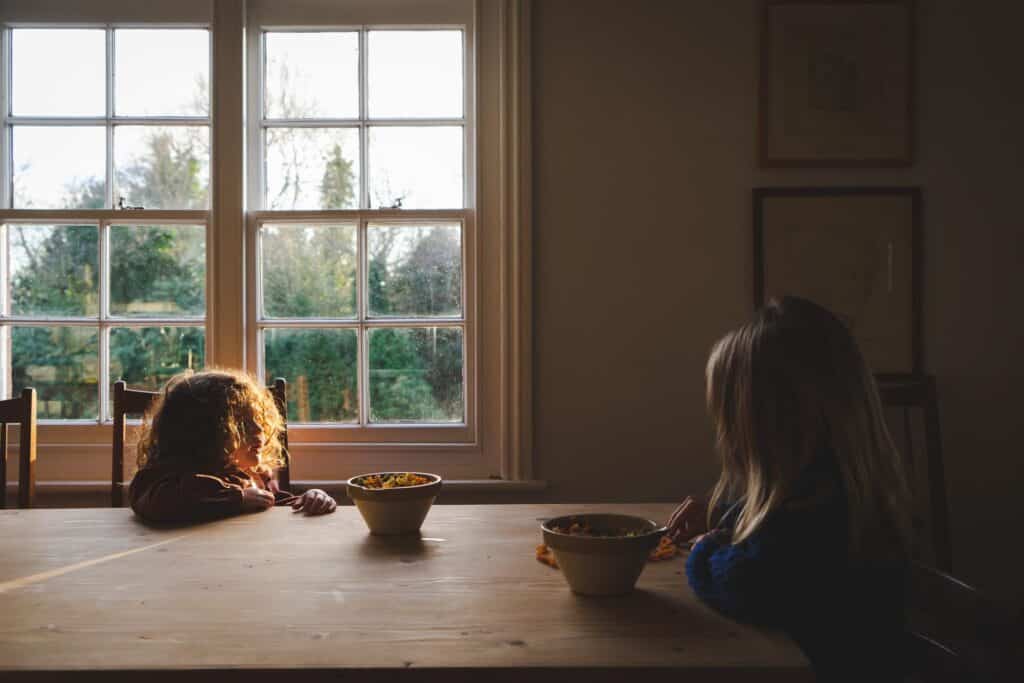
Have you run out of ideas?
What if you didn’t have to trawl the internet for play inspiration? What if your child’s freely-chosen activities were simple to set up, educational and deeply engaging?
How would that change things?
Our courses, A Year With My Child, Get Set Five and 5 Plus are designed for parents of toddlers, preschoolers and the over 5s and they’re packed full of fun and sensible advice.
Enter your email and we’ll send you free modules from each course. And then sit back and relax as your child learns to make her own fun.


